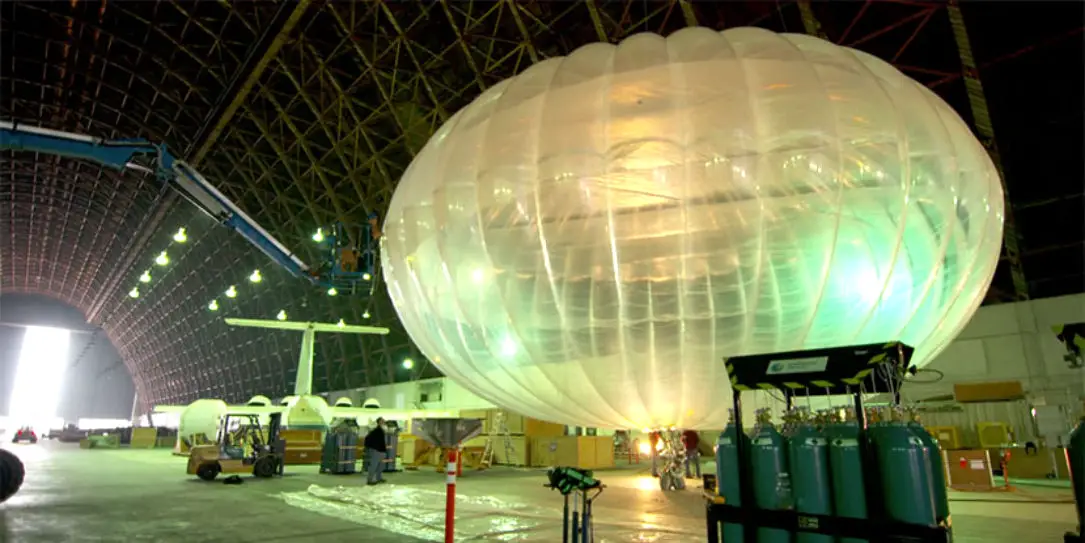Project Loon was an interesting idea to deliver internet access to rural and hard to reach areas of the world. Project Loon launched in 2013 and has been tested in countries like Australia, Brazil, Indonesia, and New Zealand. The project was launched with fanfare to test whether high altitude balloons could deliver internet connectivity into remote areas of the world.
Alphabet, the parent company of Google, has been working on the project trying to get it off the ground, pun intended but has been running into challenges. Part of the challenge is technical and hardware related, as many users in rural or hard to reach places lack the devices to even connect to Project Loon balloons. But the bigger challenge, according to Alphabet, is funding and money.
“While we’ve found a number of willing partners along the way, we haven’t found a way to get the costs low enough to build a long-term, sustainable business,” Loon CEO Alastair Westgarth explained.
The Brussels Times
It makes sense that Project Loon would face technical, hardware, and monetary challenges, but another project could have also played a part in Loon’s demise, Starlink.

Since 2019, SpaceX has been sending small batches of Starlink satellites into orbit. The company has launched enough satellites to begin the plan to deliver high-speed internet to the most remote places. Of course, coverage would probably be available to big cities, but the project concentrates on rural and hard to cover areas.
Starlink is already being tested by a remote Indian tribe in Washington State, the Hoh. Before Starlink, the Hoh tribe could barely manage 1Mbps download speed, which is abysmal. According to Newsthink, initial testing has shown Starlink is capable of 100+Mbps download speeds, which I would take right now over 15Mbps. Starlink is also supposed to have low-latency, which improves the performance of the internet connection.
Low-latency is achieved due to the Starlink satellites being in a lower orbit, about 340 miles above the earth. Normal satellites are usually over 600 miles above the earth in a much higher orbit. The SpaceX plan calls for 12,000 satellites to be deployed to get good coverage. But the potential for 42,000 satellites is also being discussed.
Starlink is already well underway, and it seems it has the momentum and resources to do everything and more Project Loon wanted to do. While we’re just speculating that Project Loon’s demise was caused in part by Starlink, it’s at least a possibility.
What do you think of Project Loon being canceled? Let us know in the comments below or on Twitter or Facebook. You can also comment on our MeWe page by joining the MeWe social network.
Last Updated on February 3, 2021.










